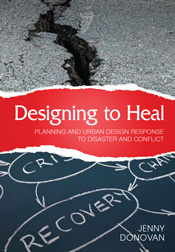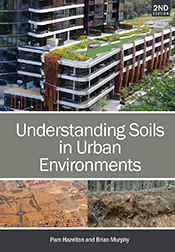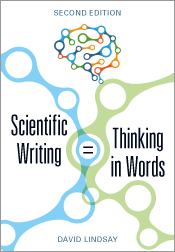Designing to Heal
Planning and Urban Design Response to Disaster and Conflict
By: Jenny DonovanExplores what happens to communities that have suffered disasters and how planners and designers can give these communities the best possible chance of recovering.
Designing to Heal explores what happens to communities that have suffered disasters, either natural or man-made, and what planners and urban designers can do to give the affected communities the best possible chance of recovery. It examines the relationship that people have with their surroundings and the profound disruption to people's lives that can occur when that relationship is violently changed; when the familiar settings for their lives are destroyed and family, friends and neighbours are displaced, incapacitated or killed. + Full description
The book offers a model of the healing process, outlining the emotional journey that people go on as they struggle to rebuild their lives. It outlines the characteristics of the built environment that may facilitate people to travel as smoothly as possible down this road to recovery and suggests elements of the design process that can help achieve this goal. Designing to Heal highlights the importance of thinking about urban design as a way of nurturing hope and creating the optimal conditions to achieve social objectives.
- Short descriptionNews
No longer available in a print edition.
Reviews
"For a world increasing in disasters and crisis, this book is refreshing and enlightens us on how to design to heal. Rarely do we come across a design text that is rational and touching. Be touched by this."
Deborah Kuh, Landscape Architecture Australia – November 2013 (Issue 140)
"This new book from CSIRO PUBLISHING establishes a vital link between the way our places and communities are put together, with health, happiness and people's ability to respond to disaster... This book includes powerful case studies, which include New York's 9/11, a volcanic disaster in Montserrat, the 'Troubles' in Northern Ireland, the 2004 tsunami in Sri Lanka, and the 2009 Black Saturday bushfires in Victoria."
Urban Design Forum, p. 4, 2013
"This book should have a wide appeal. It is well written and nicely presented with good colour photographs and lots of attractive hand drawn sketches."
Tim Catchpole, Urban Design Quarterly
"Why is this book important? Climate change, population growth and urbanisation, and increasingly scarce resources heighten vulnerability of communities to both natural and other disasters. Planners need to know how to foster, rather than disable resilience through applying effective facilitation and design skills to engage the community and decision-makers in creating places that heal."
Claudia Baldwin, Urban Policy and Research, Vol 33(4), 2015, pp. 514-516
"An insightful and detailed analysis of the relationship between people and place, with examples across five continents where planners and urban designers were involved in recovery from natural and manmade disasters and conflicts."
Planning News, Vol 47(9), October 2021
Details
ePDF | April 2013ISBN: 9780643106475
Publisher: CSIRO Publishing
Available from eRetailers
ePUB | April 2013
ISBN: 9780643106482
Publisher: CSIRO Publishing
Available from eRetailers
Features
- Sheds light on the results of inappropriate responses to disaster reconstruction.
- Raises awareness to the importance of investing in design as a way of achieving social objectives amongst decision makers.
- Provides insight into the process of design to ensure the best outcome and the product of urban design is the physical infrastructure that can help people meet their needs.
Contents
AcknowledgementsChapter 1 Introduction
Chapter 2 The high cost of living
Chapter 3 Recovering from disaster
Chapter 4 Sixteen acres in Manhattan
Chapter 5 Rebuilding political, social and human capital on Montserrat
Chapter 6 Building bridges out of flags, murals, a prison and a shopping centre in Belfast
Chapter 7 Providing hope for children in Addis Ababa, Ethiopia
Chapter 8 Giving new meaning to a tsunami-devastated beach, Hambantota, Sri Lanka
Chapter 9 Loss and identity, rebuilding communities and buildings after the Victorian bushfires
Chapter 10 Designing to heal
Chapter 11 The characteristics of places that are designed to heal
References
Appendix 1: Interview with Tony McHugh: facilitating the healing process
Appendix 2: Murrindindi Shire memorials guidelines
Index
View the full table of contents.








